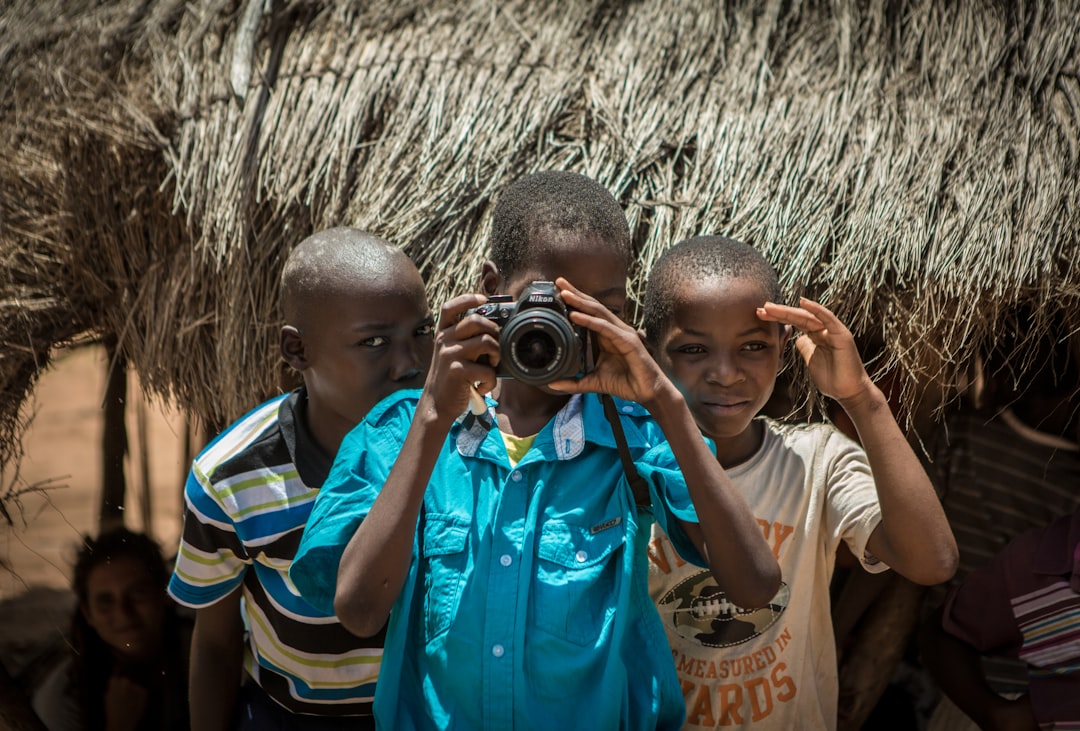What is it about?
The proximity of art and commercial brands has been noted for decades. “Campbell’s Soup” by Andy Warhol, the Chupa Chups logo by Salvador Dali are only a few examples. In recent years, brand-and-artist collaborations have been rising in popularity. Art increases added value through the transfer of associations to the product and to the brand image. This is known as artification. The paper uses three Russian cases of brand-and-artist collaborations in the spheres of fashion and hospitality. We explore the artification process from three perspectives: the brand, the artist, and the consumer. We show the benefits and risks of such collaborations in an attempt to provide a recipe for success. We also analyse how artification affects consumer experience, in particular the five dimensions - sensory, affective, behavioral, intellectual, and social.
Featured Image

Photo by Jason Leung on Unsplash
Why is it important?
Nowadays, creativity is a driver of competitive advantage which helps brands to be unique and recognizable. Artification works as a powerful marketing tool affecting target segments. Research concerning artification is dominated by cases in the luxury fashion segment. In our study, we explore artification in the mass market which is also increasingly drawn to art. We describe artification strategies to promote a brand in a creative way, to communicate new meanings to current customers and to attract new core and non-core audience.
Perspectives
I hope that this research will seem inspiring to some readers - for example, firm owners and marketers to turn to art for inspiration, to consumers to look for art in their daily life and the goods they possess, or to art institutions to expand their boundaries and collaborate with brands if they have not yet done it. I also hope that examples from the Russian market will be peculiar and interesting.
ELENA ZELENSKAYA
HSE University
Read the Original
This page is a summary of: Brand artification beyond luxury: Evidence from Russian brand‐and‐artist collaborations, Creativity and Innovation Management, July 2022, Wiley,
DOI: 10.1111/caim.12515.
You can read the full text:
Contributors
The following have contributed to this page










